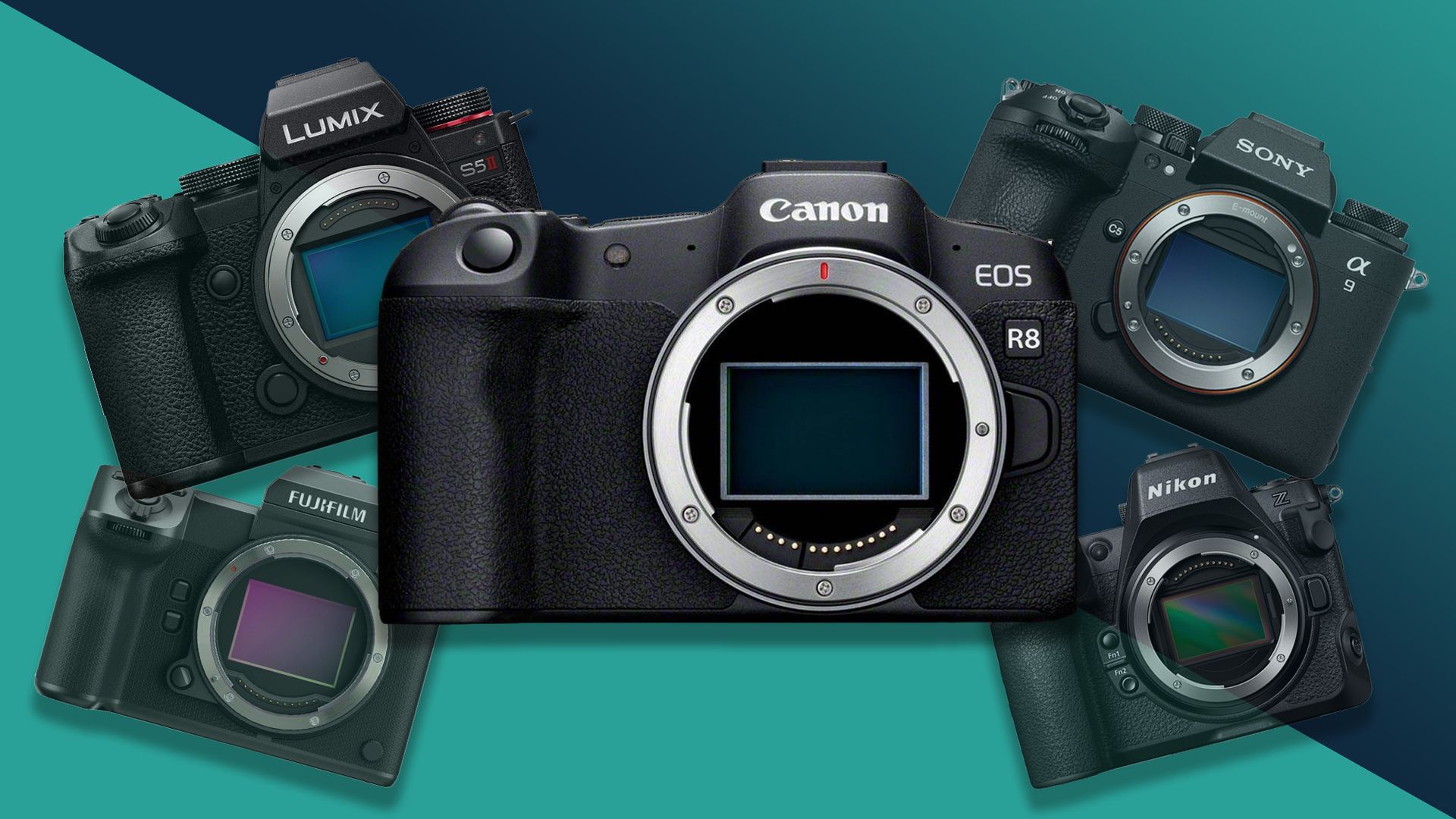-
Canon plans to raise camera prices in the U.S. starting from the second half of 2025.
-
The tariff effects are confined to the U.S., yet they might consequently create worldwide implications.
-
DJI has already raised the price of the Osmo Pocket 3.
It was evident what occupied everyone’s thoughts throughout.
Canon’s first quarterly earnings call for 2025
, with the investors’ Q&A session dominated by US tariffs.
In the process, Canon became the first major camera brand to publicly discuss the impact of US tariffs, saying, “We have notified major dealers that we will raise prices and are in the process of estimating the timing and amount of the increase.”
Extra duties won’t impact the costs of products that have already been brought into the country. Canon’s U.S. sales branch estimates they possess “approximately one or two months’ worth of stock.”
The pricing for Canon cameras is expected to remain unchanged during the initial part of 2025. Nevertheless, according to Canon’s sales forecasts, we may see an increase in prices starting from the latter half of that year.
Canon further stated, “Given that tariffs are imposed based on the cost of products, the greater the proportion of costs relative to overall expenses, the more significant the rise in pricing will be.”
We haven’t determined the extent of potential hikes yet, but Canon is generally in a more favorable spot compared to many other camera makers when it comes to minimizing price increases for consumers. This is due to the fact that most of the cameras they sell in the U.S. are manufactured in Japan rather than China.
Currently, Japan’s extra duties of 24% have been lowered to 10% for a duration of 90 days. However, Canon stated in the Q&A session that they do not intend to expedite their camera exports within this timeframe.
In either case, these duties are significantly lower compared to those in China, where an extra 145% duty was applied at the time of writing, heavily affecting camera producers like DJI along with their consumers.

And so it begins
We have already observed what appear to be price hikes related to U.S. tariffs from various brands, such as DJI, which is known for its popular products.
Osmo Pocket 3
I just noticed a price increase. It’s for our highest-rated option.
vlogging camera
Introduced in 2023 at approximately $500, but now it retails for $800. Yikes.
The Leica D-Lux series of compact cameras, which are manufactured in China, have also been impacted—leading to increased prices.
D-Lux 8
has nearly doubled, which means it isn’t exactly the budget-friendly Leica it once was.
Obviously, brands are not taking on most of the increased cost ratios caused by U.S. tariffs; instead, the majority burden falls on American consumers, who will need to pay extra money for a new camera after existing stockpiles run out.
Canon believes the effects will be limited to American consumers; however, they admitted that if U.S. tariffs lead to a worldwide economic downturn, this could result in changes to camera pricing globally.
There could also be significant hold-ups for new Chinese-made products reaching the market. Numerous disclosures have indicated this issue.
DJI’s rumored Osmo 360
—a 360-degree camera rivaling GoPros and Insta360s—is set for release; however, DJI is contemplating discontinuing it due to rising expenses.
Due to price increases, we might observe a transition from purchasing new items to buying used ones, which consequently could lead to higher costs for pre-owned products.
The extent of price hikes for new equipment, along with the schedule, will surely be evident in the upcoming months. However, if you’re based in the US and planning to get a new camera, it might be beneficial to move quickly.
Click on the
Q&A Session Summary
click on Canon’s international website for the full presentation.
You might also like
- Unfortunate news: The Fujifilm X100VI might currently be unobtainable in the U.S. Here’s what you could consider as an alternative.
- Canon reportedly U-turns on price drops for two of its most popular cameras – and it could be the tip of the tariffs iceberg
- Is the pricing of iPhones secure? Currently, phones, computers, and chips are excluded from US tariffs.
If you enjoyed this article, click the +Follow button at the top of the page to stay updated with similar stories from MSN.




